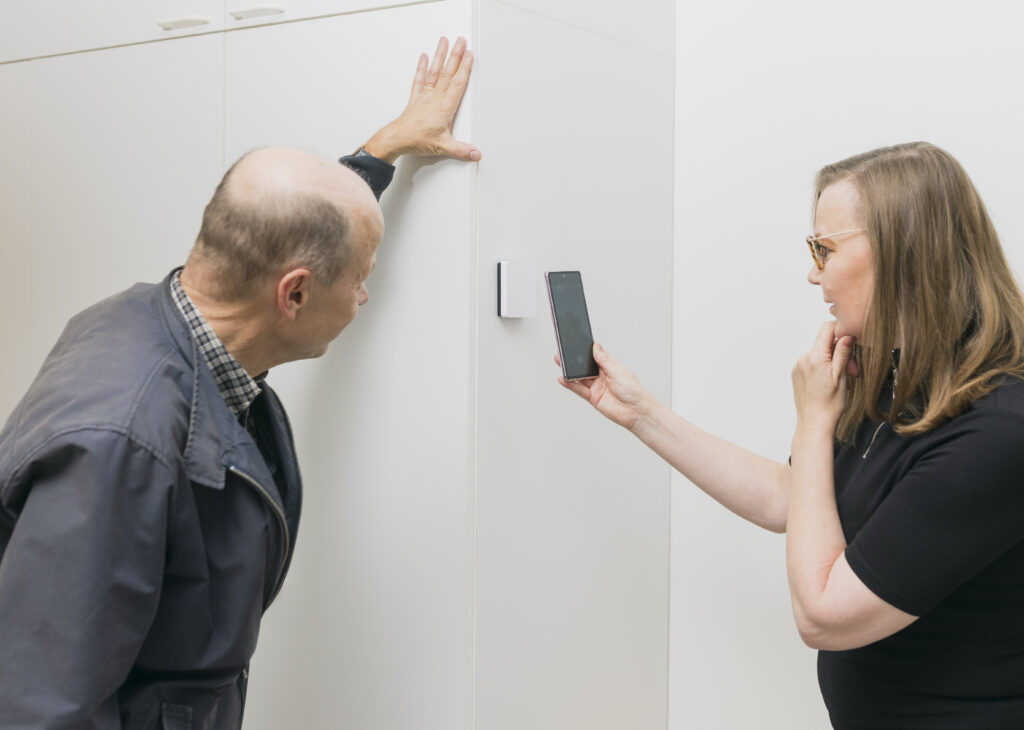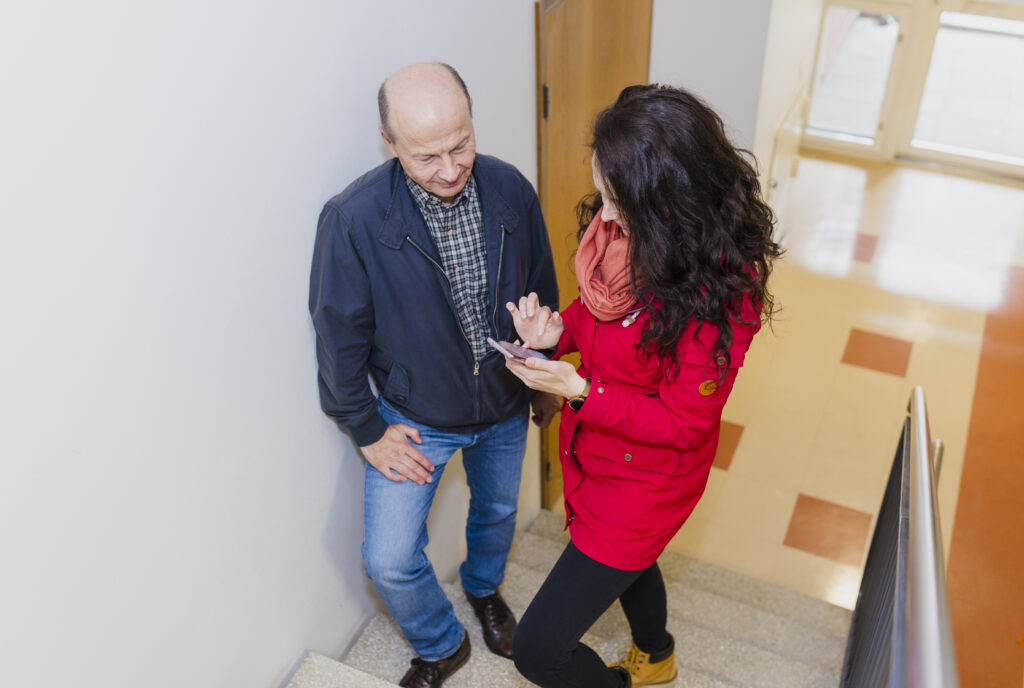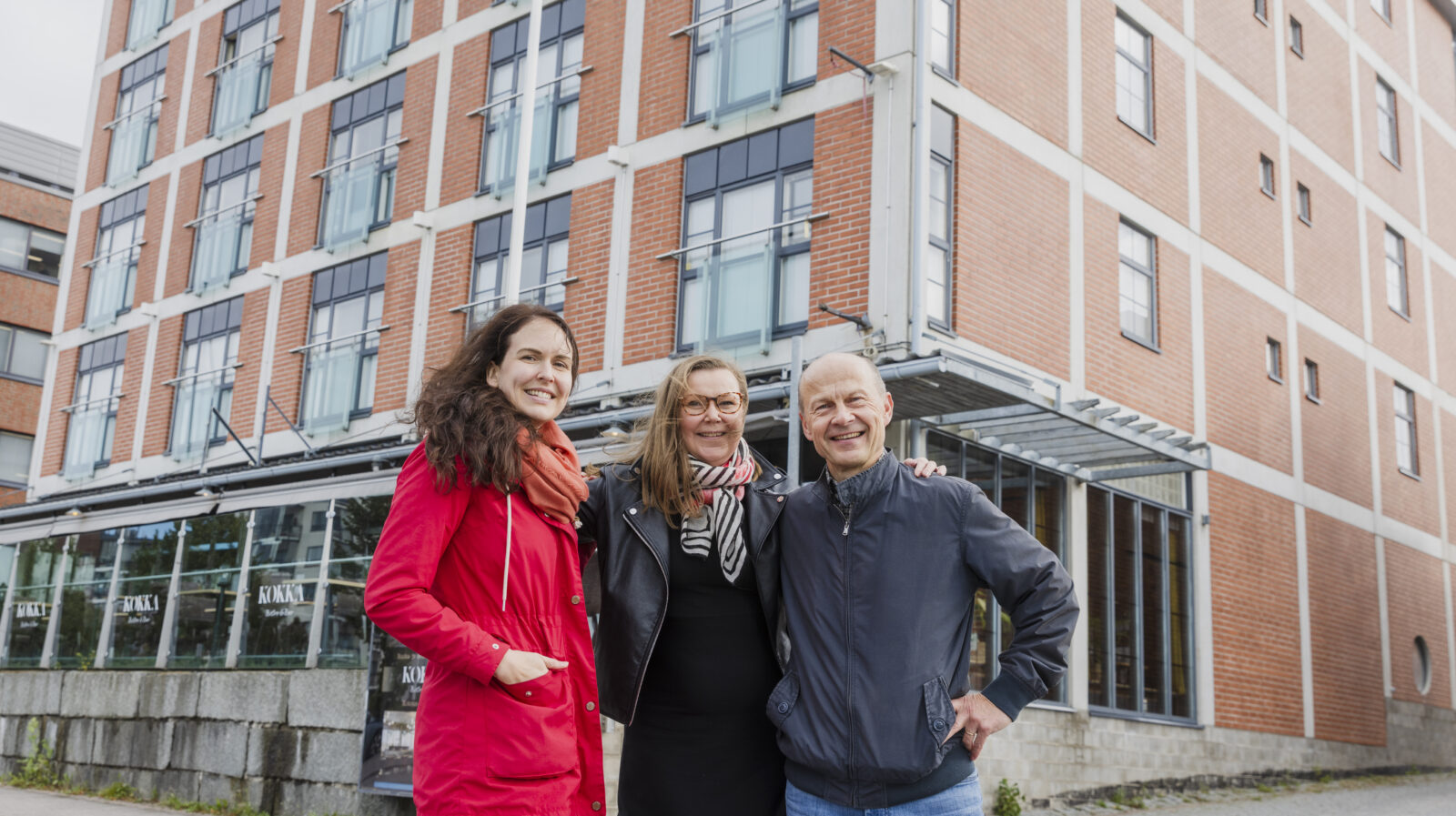A team of independent energy consultants from Ramboll calculated the emissions savings potential and cost-effectiveness of all the projects included in the Low-carbon renovation solutions initiative.
One of the projects involved fitting a block of flats built in 1951 with a modern Leanheat control system, which can be operated remotely in real time. The system uses weather data to automatically adjust the heating inside the building.
– The labour and supplies for the project cost around EUR 7,200. On paper, the investment pays for itself in less than three years and generates an emissions savings potential of 9.1 tonnes of carbon dioxide per year, explains the City of Lahti’s Environmental Coordinator Jenni Rahkonen.
Some of the improvements deliver excellent value for money. A block of 26 flats in Nastola was fitted with water saving products throughout for less than EUR 1,500.

The goal was to identify solutions that could be adapted to as wide a range of properties as possible, which is why the renovation projects in Lahti were chosen so as to create a representative sample of Finland’s built environment. Lahden Talot was chosen as a project partner because local-authority rental housing units are already fitted with monitoring systems that make documenting the improvements straightforward. These kinds of monitoring systems are rare in the private sector.
– The propeties that were renovated in the course of the initiative had been built between the years 1951 and 2014. The sample included both blocks of flats and terraces, and the building size ranged from 17 to as many as 190 units. These parameters cover a significant percentage of Finland’s ageing building stock, says Lahden Talot’s Head of Procurement Matti Koskinen.
Executive Director Hanna Koskela from the Päijät-Häme branch of the Finnish Real Estate Federation represents the interests of private individuals – and investors – on a property market that is really feeling the pinch at the moment. This year has even seen housing companies facing liquidation, which seldom happens when the economy is stable.
– Decision-makers urgently need hard evidence of solutions that have proven financially viable in similar properties. Not all solutions are a perfect fit for all properties. The findings of the project can help housing companies to make informed decisions about how to spend their limited budgets, Koskela explains.

New laws on climate performance reporting
The drive to keep costs down must not disincentivise housing companies from meeting their legal obligation to conduct regular surveys and document the repairs and upgrades that are needed over the following five years. There is also a legislative reform afoot, which calls for a shift in focus in renovation planning increasingly towards climate-friendliness.
A new national Construction Act was passed by Parliament in March 2023, which creates a legal obligation for housing companies to report on their climate performance. Under the new rules, a climate performance report showing the building’s carbon footprint and carbon handprint must be drawn up whenever a new property is built or an existing one extensively renovated. The law is due to enter into force in 2025.
Another important point in this context is the fact that the same solutions ultimately benefit both residents and property owners, regardless of the type of property. Energy efficiency, comfortable living conditions and cost-effectiveness often go hand in hand. Double or triple glazing and modern ventilation and air-conditioning systems are good examples of this.
The City of Lahti’s Low-carbon renovation solutions initiative is part of a nationwide project called CANEMURE (Towards Carbon Neutral Municipalities and Regions). The local initiative supports the City of Lahti’s goal of being carbon neutral by 2025 as well as Lahden Talot’s own environmental targets. CANEMURE is a six-year (2018 to 2024) project for implementing Finnish climate policy, coordinated by the Finnish Environment Institute. CANEMURE receives funding from the European Union, which has paid for the project’s communications. The content published in the context of the project only represents the project team’s views.
Read moreEnquiries
-
Jenni Rahkonen
